Atlas, the slave sculpted by Michelangelo
Atlas, the slave sculpted by Michelangelo is supporting the world
Atlas is one of the six slaves Michelangelo began for the tomb of Giulio II. The Pope commissioned to the artist a real mausoleum to be celebrated after his death. The first project for the tomb previewed forty statues and Michelangelo employed a lot of time to choose the perfect white and pure marble living for six months in a cave!!
Works were interrupted many times also because the Pope entrusted him the decoration of the Sistine Chapel and the slaves remained uncomplete in Michelangelo workshop in Florence.
Atlas is one of the four slaves preserved inside the "Galleria dell'Accademia" in Florence (the other two are in the Louvre museum in Paris). This nickname was recently given to the statue because the figure seems be carrying a great weight like the giant Atlas in the Greek myth who supported the sky!
When Michelangelo died in 1564 Leonardo Buonarroti, his nephew offered the statues to the duke Cosimo I. Francesco, his first son, displayed them in a grotto Buontalenti sculpted for him in the Boboli garden. They perfectly fitted to the first room of the grotto because it represents a sea bottom with water, rough stones and a bowl at the top full of fish to create a very suggestive scenary.
The slaves perfectly reveal how the artist worked: Michelangelo thought the sculpture was already living inside a block of marble it was "imprisoned" in the stone. All the artist had to do was to release it by chipping away the excess matter.
If you observe carefully the slaves you can still notice the holes in the marble corresponding to the attachment made for the grotto!
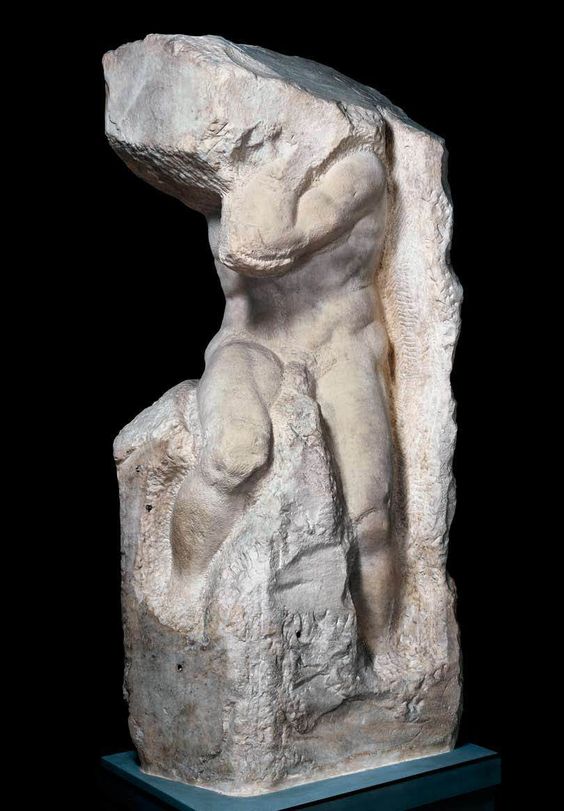
Altri articoli
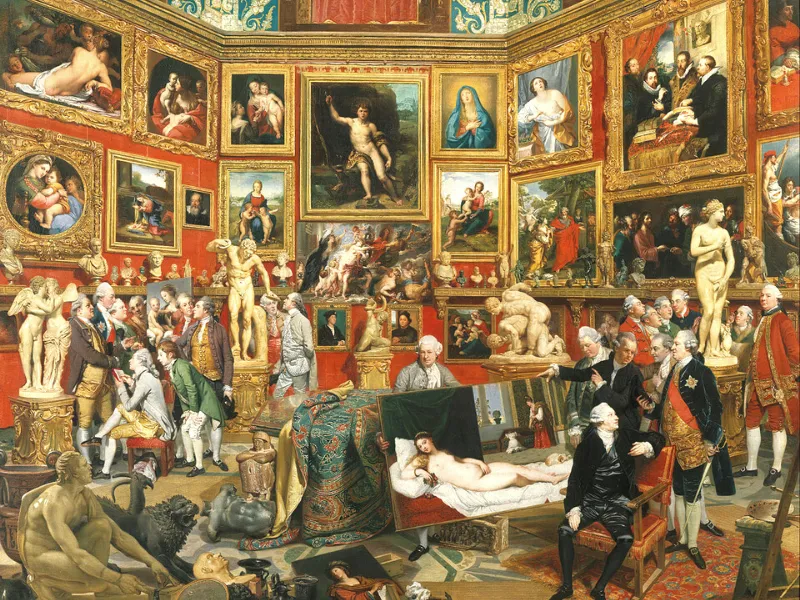
Johann Zoffany painted the Tribune
If you want to know the paintings and the statues situated in the XVIII century inside the Tribune look at the painting below!
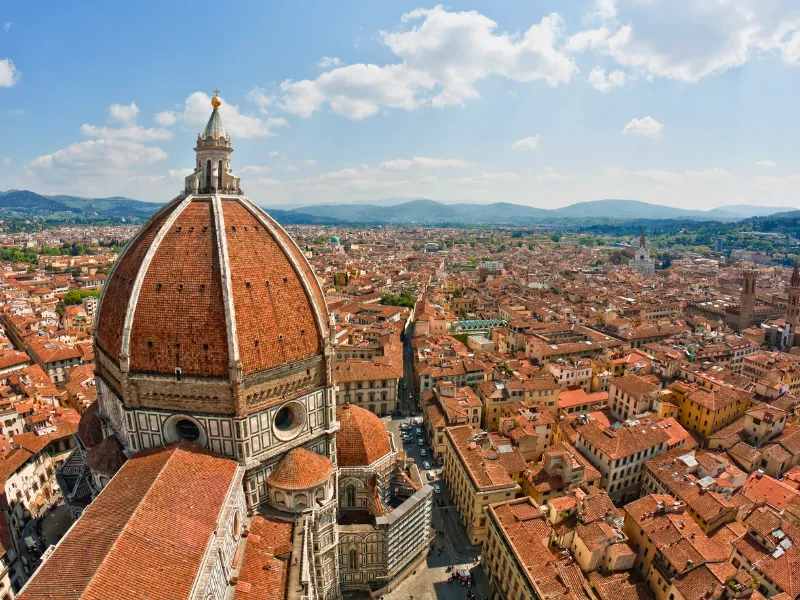
Florence Cathedral
With its majestic Renaissance architecture, proudly stands at the heart of the city.
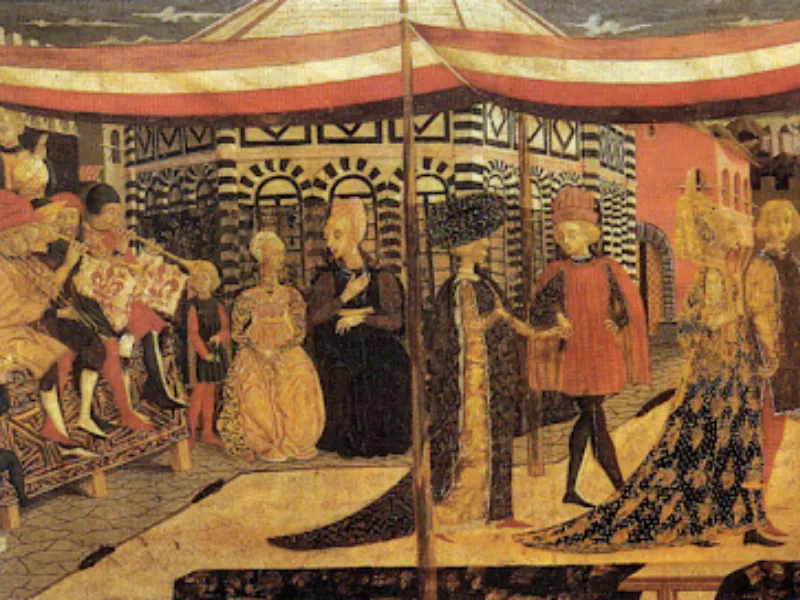
What is a 'Cassone Nuziale'
They usually were commissioned in pairs and filled with the dowry of the future wife.
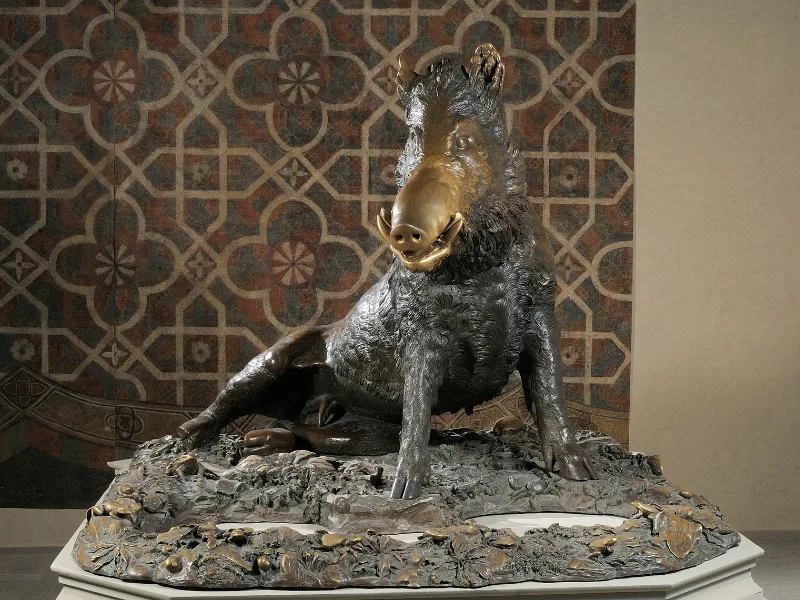
Stefano Bardini
Bardini was a promoter of the Renaissance myth in fact he contributed to the re-discovery of Florentine art.

